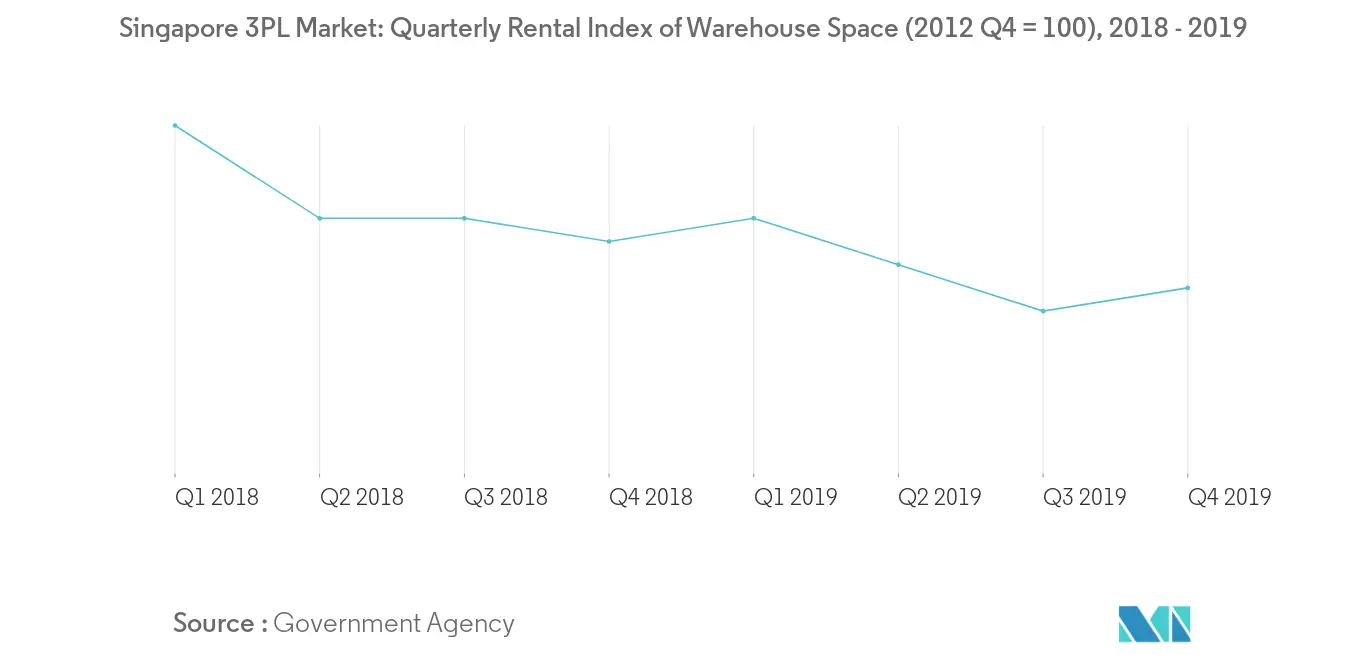Market Trends of Singapore 3PL Industry
This section covers the major market trends shaping the Singapore 3PL Market according to our research experts:
E-Commerce driving the demand for 3PL Services
Singapore has a significantly big e-commerce market despite its small population and is one of the most matured e-commerce market in Southeast Asia. The e-commerce market in the country is valued at more than USD 5 billion in 2019. The three categories of electronics & media, fashion, and home furnishings together take up more than two-thirds of the market. Also, the country has a high share of cross-border sales, which account for more than half of the market according to industry sources. This drives the demand for international transportation services.
The e-commerce sector in the country is growing at a rate of more than 10%. This growth has led to the establishment of a number of e-commerce fulfilment centres to support the need for warehousing and fulfilment to the growing number of e-commerce entrepreneurs and businesses in Singapore. 3PL companies are key to support the fulfilment challenges for e-commerce companies and thus, the growth of e-commerce has been driving the 3PL market in the country.

Supply of warehouse space to slow down through the forecast period
Singapore is one of the matured warehousing markets in the world with steady supply, of warehousing space, technological adoption, and the country's role as a logistics hub for the Southeast Asian region. Mulit-storey warehouses are gaining traction in the country, they offer cost-effective solutions in places, like Singapore, where there are space constraints. The trend has also been picking up in other Asian regions, such as Bangkok, Jakarta, Hong Kong, and Tokyo. Although most of the warehouses in Singapore are traditionally equipped, going forward, smart technologies are expected to play an important role.
The demand for warehousing space has expanded in the past decade and over the forecast period, it is expected to be boosted by growth in regional trade and e-commerce. Given the small domestic market size, and the projected greater efficiencies in inventory forecasting and stock management, the need for warehouse supply is expected to moderate in the future.
As of end of 2019, the country has more than 10 million sq. m. of warehousing space and more than 80% of it is located in east and west regions. Based on rental index data from government sources, it was observed that the warehouses rents in Singapore has been on a downward trend for more than five years. This can be possibly due to the influx of new supply averaged more than 6 million sq. ft per year during 2015 to 2019. The supply of warehouse space has grown by more than 5% during 2015-2019, it is expected to slow down and is projected to be less than 2% through the forecast period.


